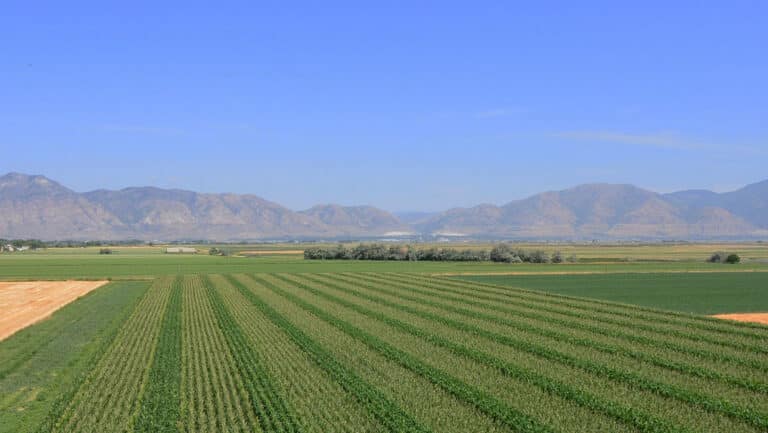Don Harden on Crop Diversification
AgAmerica Lending’s Don Harden talks crop diversification.
America’s farmers are always on the lookout for ways to lessen their risk and improve the bottom lines of their agribusinesses. In my latest column in Central Florida Ag News, I shared a popular strategy for achieving those goals: crop diversification. Discover the benefits of crop diversification below, and explore an AgAmerica Lending survey that delved into the details of diversification in agriculture across the country.
Advantages of Crop Diversification
The benefits of crop diversification are numerous, making a diversified farm a very attractive enterprise. A short list of the advantages of choosing to diversify include:
- Diversifying lowers impacts on environmental resources.
- Diversification can improve soil health, fight soil erosion and minimize problems with crop-specific pests and diseases.
- It spreads farmers’ economic risk by varying their offerings.
- Diversification can take advantage of profitable niche markets.
- It strengthens rural communities by creating additional industries based on renewable agriculture resources.
AgAmerica’s Study on Diversification in Agriculture
In 2016, AgAmerica surveyed growers all over the nation about their crop diversification strategies. Their findings revealed that many in agriculture nation-wide utilize a diversified farming system. As to why growers chose to diversify, the survey found that 44.1 percent were looking into growing a new crop because the price for their current crop had fallen too low, 33.9 percent were making a change due to falling demand for the crop, 20.3 percent felt their current crop was too labor-intensive, and 16.1 percent reported the inputs for their current crop had become too high.
In terms of choosing a new crop to add in to the growing line-up, 49.1 percent of growers chose a particular crop because market demand was strong, 43.4 percent chose crops that complement what they already grow, 35.9 percent chose a new crop because it was unique in their area, and 17 percent chose the new crop because it was easy to produce. Additionally, in the Southeast, growers reported they were adding these crops into the rotation: peppers, muscadine grapes, peas, persimmons, and potatoes. Find the full results of the survey here.
Additional Crop Diversification Options
Crop diversification extends beyond planting alternative crops. Other options include trying agroforestry (the purposeful integration of trees and shrubs into crop and livestock farming systems), and the use of cover crops; they are all considered methods of crop diversification.
The best resource for finding the most desirable crop diversification options for your area is to consult with your local Extension Office, Farm Bureau office, state USDA offices, and groups dedicated to diversification in crops. In Florida, the Small Farms and Alternative Enterprises website is a great resource for those looking to begin diversifying their crops.
The AgAmerica Lending team is available as a resource for your agribusiness’s ventures into crop diversification. Contact us today to discuss your land financing options.






